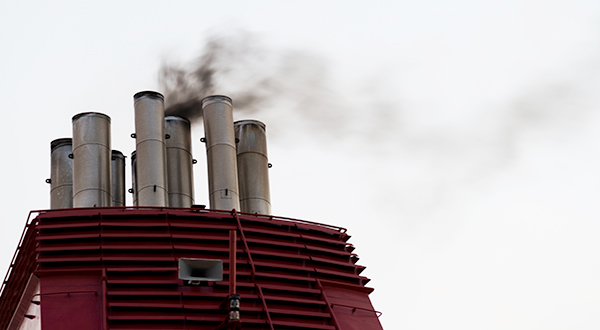The challenges and opportunities posed by alternative fuels were discussed at Interferry’s 42nd annual conference in Split, Croatia, on 9-10 October, where Mediterranean ferry operators voiced their concerns on meeting the 0.5% sulphur emissions cap due in 2020.
Minoan Lines managing director, Antonios Maniadakis, noted that using low sulphur fuel would increase costs by €2 million per year, while Attica Group CEO Spiros Paschalis referred to the region’s shortage of LNG bunkering facilities. Alan Klanac, Interferry president, pointed out the problem of temperature, arguing that LNG coolant technology was more suited to cold sea temperatures of 7-10 degrees such as in Norway.
Panos Mitrou of Lloyd’s Register suggested that the ferry sector was the best candidate for alternative fuels. He highlighted two European Union-backed schemes to encourage a switch in the Eastern Mediterranean – the Poseidon Med II project to provide LNG bunkering facilities at five ports, and the Elemed project promoting cold ironing and electric propulsion.
Supporters of electrification included Jan Helge Pile, managing director of Color Line’s marine & technical division.
“In any case, two years ago it was all about LNG yet now we are already hearing more talk about hydrogen.”
Jim Anderson, director of vessels at Scotland’s Caledonian Maritime Assets, confirmed that the company was actively working towards building a hydrogen powered ferry. However, because storing the fuel would occupy a large amount of vessel space, bunkering would be required every second day and that raised the problem of how to fit it into the timetable.
Renewable electric energy was a viable game changer according to Soren Danig, VP business solutions at Plan B Energy Storage.
“Air pollution from international shipping accounts for 50,000 deaths per year in Europe,” he asserted. “New energy storage technology allows charging in 15 minutes, decreasing system sizes, 40,000 hour life cycles and end of life cell swaps.”
In addition, a ro-pax case study presented by MAN passenger ship sales head Sokrates Tolgos concluded that life cycle costs were 14% higher using LNG and 31% higher for MGO compared with the HFO/scrubber option – a solution that met regulatory requirements and was in line with industry forecasts that 80% of marine operations would be HFO fueled in 2030.
As for electrification, he argued: “You may have emissions-free ships but how do you produce the electricity? You’re just shifting the emissions somewhere else unless you can produce electricity in the quantities required without using fossil fuels.”






























































